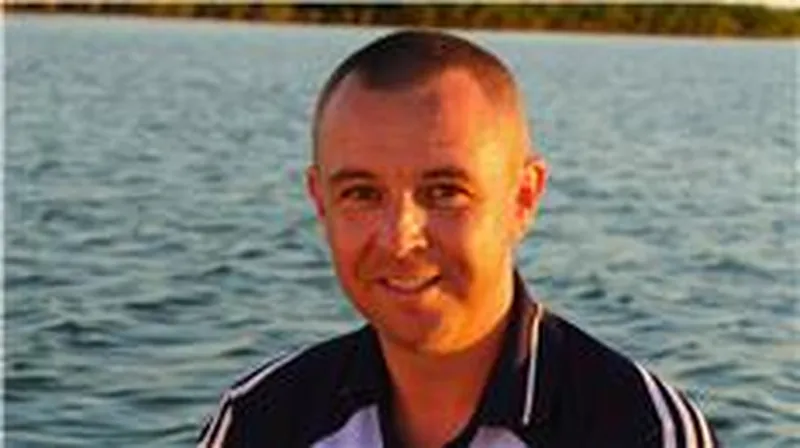
By: Aaron Henderson, PhD
Field Trip to the Costa Rican Páramo
Our last trip took us high up to Cerro de la Muerte (the ‘Mountain of Death’). Around its cloud swept peaks, at more than 3000 m (10,000 feet) above sea level, the remnants of majestic tropical montane oak forests and secondary forests give way to the páramo. The páramo is an alpine vegetation formation, found above the tree line in the tropical Andes and mountain ranges of Southern Central America. The low and twisted shrubs, herbs and dwarfed bamboo may at the same time look familiar and strangely exotic to a visitor from temperate zones.

In Costa Rica, small extensions of these ecosystems are found only around the highest mountain peaks. The páramo vegetation reaches its northern limits here and is particularly vulnerable to human disturbances (e.g. fire, cattle grazing, trampling), as regeneration rates are very slow. The Tapantí – Macizo Cerro de la Muerte National Park and the Los Santos Forest Reserve protect small areas of páramo on both sides of the Inter American Highway.
We spent the night at a small, rustic field station on the top of the mountain, our group gathering closely around a blazing wood stove, while the temperatures outside slowly approached the freezing point. The next morning felt like a friendly spring day again when we arrived at the páramo for our field exercise. Wildlife is not too abundant in this rather inhospitable area, but some lucky students were able to spot mountain salamanders or spiny lizards among the rocks.
We set up several plots along roads and trails and assessed the impacts of small scale human disturbance on vegetation by evaluating indicators such as changes in floral composition, top soil erosion, and incidence of solid waste. Plots and vegetation disturbances were mapped using GPS receivers. Back at the Center we used the data collected on the mountain peak for different exercises covering statistical analyses and basic GIS applications. Statistics become more tangible when students have the opportunity to collect their own data. The goal is to learn different field research techniques and get prepared for the Directed Research projects which are coming up next week and will keep us busy for the rest of this summer session.
Related Posts


Alumni Reflections: Stories of the Return to Kenya
